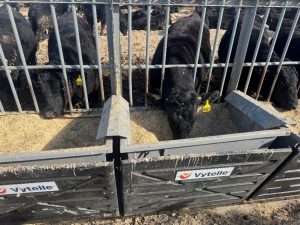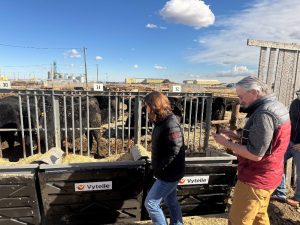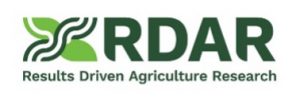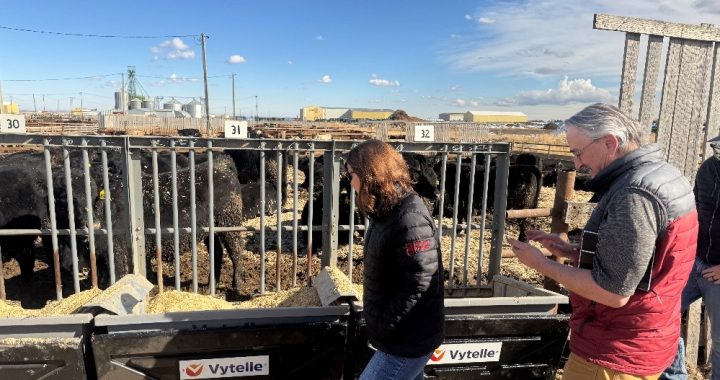Dr. John Basarab (RDAR Research Professor, Livestock Gentec CEO, University of Alberta) is PI on the Sustainable CAP funded RDAR administered project: “Sire-based Feeder Profit Index for Beef on Dairy production and marketing systems”. In this project we are developing genomic tools to support improved profitability of a beef on dairy production and marketing system. In Canada and globally, the mating of beef bulls to bottom end dairy cows to produce beef on dairy feeder steers for the beef industry is intensifying. In recent years, the dairy industry has required fewer replacement heifers. This means more dairy cows are available for producing beef on dairy calves. The reduction in replacement heifers is due to factors such as genetic progress in milk yield and cow longevity, adoption of reproductive technologies like sexed-semen and embryo implants, and social pressures limiting herd growth. Using beef breed genetics to produce these slaughter calves improves carcass quality and feed efficiency. We believe applying genomic tools values will produce more profitable beef on dairy feeder calves. Further, we expect a reduction in the greenhouse gas (GHG) intensity (kg CO2/kg carcass beef) of beef on dairy production through improved feed efficiency, carcass attributes and the sharing of the dairy cow’s GHG emissions between milk and beef production.
In this project, we will conduct genetic evaluation on a historic and novel dataset from a beef on dairy production system to develop more accurate genomic tools. The dataset for this genetic analysis will be comprised of over 200,000 beef on dairy performance and carcass records, pedigree data and beef sire genotypes. We will supplement this dataset with feed efficiency and carcass phenotypes from about 1900 beef on dairy steers. These steers are being evaluated at Olds College with the Technology Access Centre for Beef Production and Thorlakson’s Feedyard from 2025-2027.
Despite production of beef on dairy calves increasing, the access to animals and historical data for research is a major challenge. That is where partners have been critical in bringing this project to life. Dr. Sandi Parr (Director of Cattle Analytics, GK Jim Group of Companies) and her team have coordinated the procurement, logistics and the compilation of the large historical dataset needed to conduct our analyses. These activities require planning well in advance of feed efficiency testing to align with facility availability and animal target sizes. To meet some of these challenges we are also utilizing the recently commissioned feed efficiency monitoring equipment (Growsafe Feed Intake System®, Vytelle®) atThorlakson Feedyard. We are excited to be among the first projects utilizing this new equipment. Thorlakson Feedyard is currently evaluating growth and feed efficiency on 380 steers for this project. The support of industry partners is critical for conducting this research. In turn, this research will support more profitable beef on dairy feeder production.
Dr. John Basarab and Jordan Roberts with Livestock Gentec were able to visit with project team members at Thorlakson Feedyard in March 2025. We saw the first Beef on Dairy steers feeding at the Vytelle® nodes to measure feed efficiency, see below. Top: Steers stick their heads through the bar to reach feed. The feed bunk is on a load bars and there is an RFID reader embedded in the rim of each feeding bunk. The animal has an RFID tag so changes to weight in the feed bunk (ie an animal eating) are attributed to their unique RFID tag. Bottom: Dr. John Basarab and Dr. Sandi Parr inspect the steers at Thorlakson Feedyards. Note the black coats on these Angus (AN) x Jersey (JE), AN x Holstein (HO) and AN x HOJE crosses!


![]()


![]()
Funding for the Sustainable Canadian Agricultural Partnership is provided by the governments of Canada and Alberta, cost-shared 60% federally and 49% provincially.

